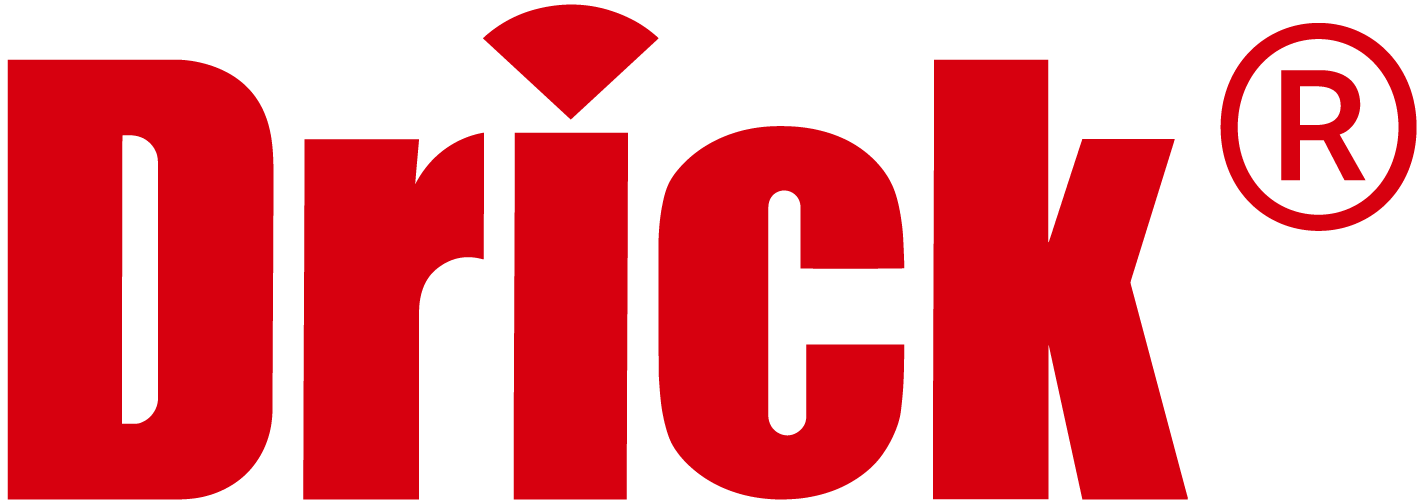According to the definition of national standard GB 19092-2009, medical protective clothing is a professional clothing designed to provide barrier and protection for medical personnel when they contact with potentially infectious patients’ blood, body fluids, secretions and airborne particles at work. It can be said that “barrier function” is the key index system of medical protective clothing, such as anti-permeability, anti-synthetic blood penetration, surface moisture resistance, filtering effect (barrier to non-oily particles), etc.
A slightly more unusual indicator is moisture permeability, a measure of the clothing’s ability to penetrate water vapour. In simple terms, it is to evaluate the ability of protective clothing to disperse sweat vapor from human body. The greater the moisture permeability of protective clothing, the problems of suffocation and sweat can be greatly alleviated, which is more conducive to the comfortable wearing of medical staff.
One resistance, one sparse, from a certain extent, are contradictory to each other. The improvement of the barrier ability of protective clothing usually sacrifices part of the penetration ability, so as to achieve the unification of the two, which is one of the goals of the current enterprise research and development, and also the original intention of the national standard GB 19082-2009. Therefore, in the standard, the moisture permeability of medical disposable protective clothing material is specified: not less than 2500g/ (m2·24h), and the testing method is also provided.
Selection of moisture permeability test conditions for medical protective clothing
According to the author’s testing experience and related literature research results, the moisture permeability of most fabrics basically increases with the increase of temperature; When the temperature is constant, the moisture permeability of the fabric decreases with the increase of relative humidity. Therefore, the moisture permeability of a sample under one test condition does not represent the moisture permeability measured under other test conditions!
Technical requirements for medical protective clothing GB 19082-2009 Although the index requirements for moisture permeability of medical disposable protective clothing materials are specified, the test conditions are not specified. The author also referred to the test method standard GB/T 12704.1, which provides three test conditions: A, 38℃, 90%RH; B, 23℃, 50%RH; C, 20℃, 65%RH. The standard suggests that group A test conditions should be preferred, which have higher relative humidity and faster penetration rate and are suitable for laboratory test studies. Considering the actual application environment of protective clothing, it is suggested that competent enterprises can add a set of tests under 38℃ and 50%RH test conditions, so as to evaluate the moisture permeability of protective clothing materials more comprehensively.
What is the moisture permeability of current medical protective clothing
According to the test experience and relevant literature available, the moisture permeability of medical protective clothing materials of mainstream materials and structures is about 500g/ (m2·24h) or 7000g/ (m2·24h), mostly concentrated in 1000 g/ (m2·24h) to 3000g/ (m2·24h). At present, while expanding production capacity to address the shortage of medical protective clothing and other supplies, professional scientific research institutions and enterprises have tailored medical workers’ clothes for comfort. For example, the temperature and humidity control technology of protective clothing developed by Huazhong University of Science and Technology adopts the air circulation treatment technology inside the protective clothing to dehumidify and adjust the temperature, so as to keep the protective clothing dry and improve the comfort of medical staff.
Post time: Jan-03-2022




